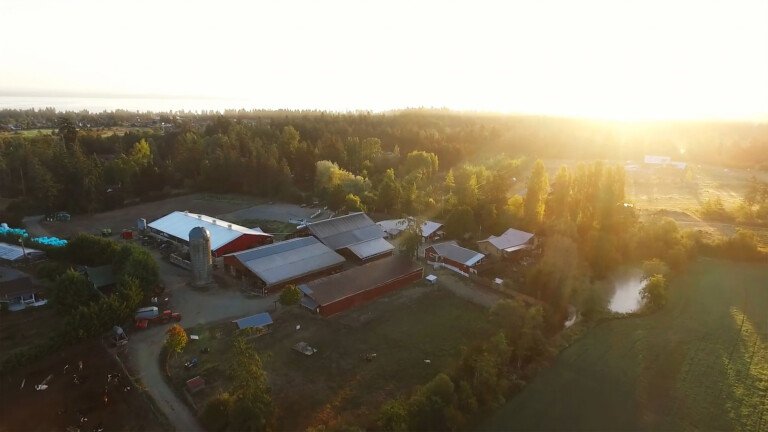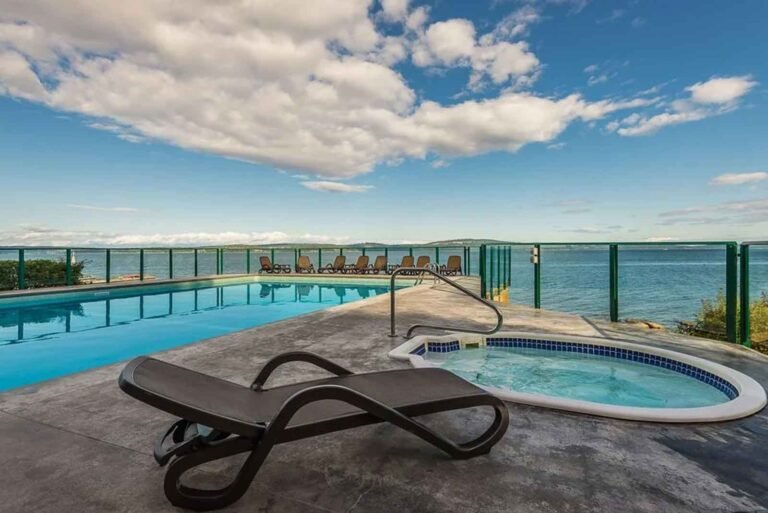Prince George to Prince Rupert
The 721 km trip across north-central British Columbia from Prince George to Prince Rupert is for the cyclist who loves the rugged outdoors. The route is scenic, however the highway is busy with narrow shoulders. The major towns en route are served by VIA Rail in case you wish to shorten your trip. Once at Prince Rupert, BC Ferries operates to Port Hardy on Vancouver Island, and to Haida Gwaii, the former Queen Charlotte Islands. The Alaska Marine Highway will take you further north.
Vanderhoof, 97 km west of Prince George, is home to the Vanderhoof Heritage Village Museum, with 11 beautifully restored 1920s buildings. Also the Vanderhoof Bird Sanctuary, along the route of the Pacific Flyway, is considered a mecca for bird watchers. Tens of thousands of Canada Geese stop to rest and feed on the small islands of the Nechako River during their spring and fall migrations. They are often joined by the migratory hawk and owls which also travel the Flyway. A side trip, 62 km north of Vanderhoof, will take you to Fort St. James, one of the oldest communities in the province.
Visit Fort St. James Historic Park, and wander through the largest collection of original wooden buildings representing the fur trade in Canada. Explore the buildings and grounds, examine artifacts, talk to the staff dressed in period costume or enjoy a self guided tape tour. Step into living history and enjoy, for a while, a vanished world.
Continuing west on Hwy 16, you will pass through the communities of Fraser Lake, Burns Lake, and Houston. Just past mid-way between Prince George and Prince Rupert is Smithers, situated in the beautiful Bulkley Valley. The pastoral setting of the valley and the Bavarian atmosphere of the town of Smithers are dominated by Hudson Bay Mountain. Travelling along Hwy 16, you can see the hanging glaciers and four peaks of this massive 2,621 metre mountain.
Sixty Eight kilometres northwest of Smithers is New Hazelton, with the nearby ‘Ksan Indian Village. Visitors can watch Gitksan artists carving wood, making jewellery and smoking salmon. The four communal houses are open to the public. The collection of rare artifacts housed at the nearby Northwestern National Exhibition Centre and Museum are still used in ceremonies. The totem poles which stand in front of the Gitksan villages of Kitwanga, Kitwancool and Kispiox, accessible from Hwy 37, are among the finest and oldest in the province.
From New Hazelton Hwy 16 follows the Skeena River through Terrace and onto the picturesque city of Prince Rupert. The scenery in this section is stunning, towering mountains, glaciers and waterfalls, with the wide Skeena carving through the Coastal Mountains. The most famous mammal in the area is the magical, mystical Kermodei bear. According to aboriginal legend, Spirit Bears can assume human form. They cannot be hunted and have not been counted: their exact numbers are not know. Spirit Bears share the forests of the Skeena and Nass Valleys.
The Museum of Northern British Columbia, located in Prince Rupert, features a priceless collection of First Nations artifacts and traces their 10,000 year history. The North Pacific Cannery Village Museum just outside Prince Rupert at Port Edward offers a fascinating glimpse of life at one of BC’s coastal canneries, typical of the hundreds of canneries which dotted the north coast.
The northern region offers unlimited scenic and sightseeing opportunities for the day tripper or touring cyclist. Become acquainted with the natural wonders of the region: here, the spectacular is common, you come to expect it and you are rarely disappointed…enjoy!






